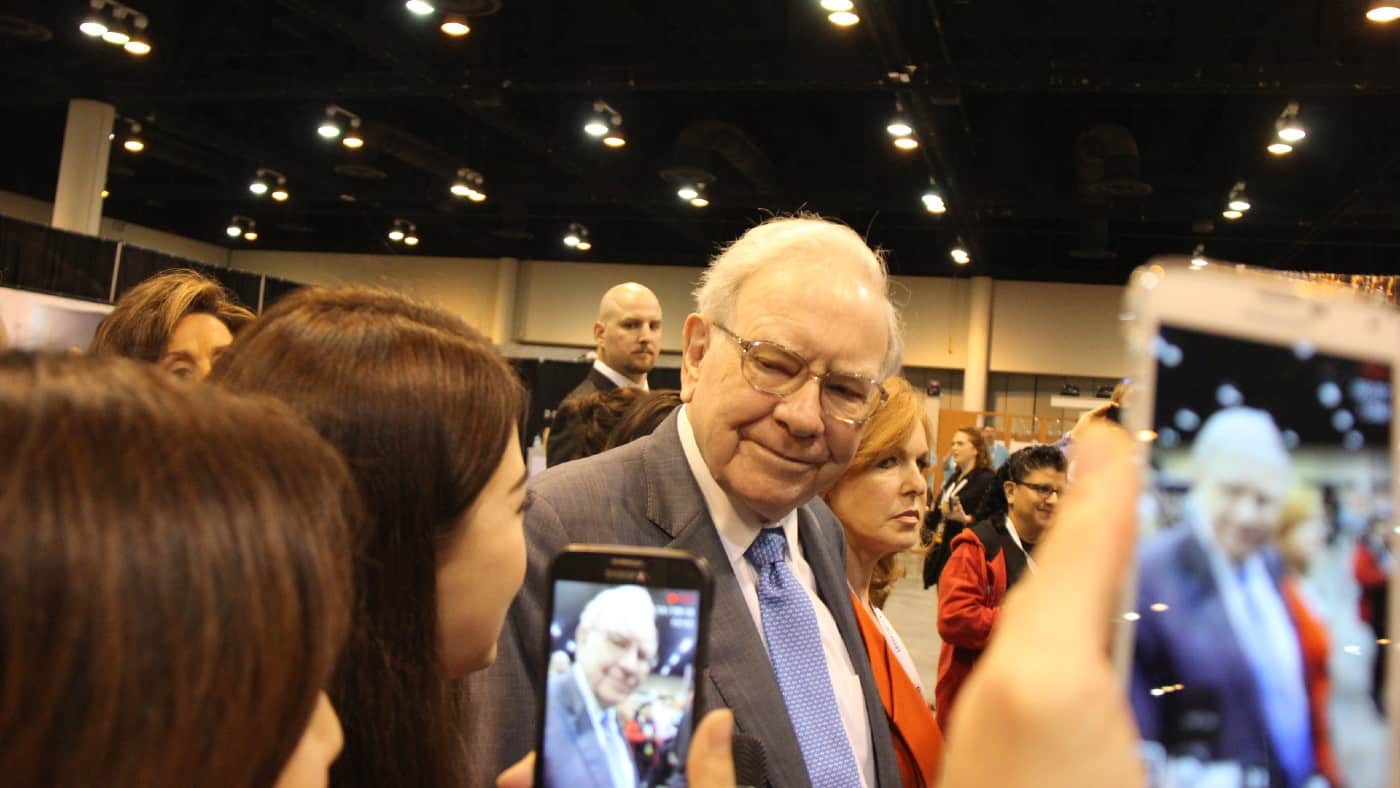Warren Buffett is one of the world’s most famous and successful investors. As a result, he’s often hailed for his wisdom in building wealth.
While his name is synonymous with billion-dollar investments, I think his principles are equally applicable to those starting out with little to no savings.
In 2018, the business and finance news outlet CNBC researched Buffett’s strategy by combing through decades of Berkshire Hathaway meeting transcripts to find his best wisdom and strategies.
Drawing on three core rules they found, here’s how I’d embrace Buffett’s timeless principles to pave my own path to financial freedom starting from no savings.
Investing within my circle of competence
The first thing CNBC noted was that Buffett stresses the importance of looking at companies within his areas of expertise.
The overarching reason for this principle is to avoid large investing mistakes. These could perhaps stem from ill-informed decision-making or misjudging risk.
For example, if I lack an adequate understanding of a particular industry, it could easily lead to poor investment decisions. Why? Because I’m more likely to buy or sell stocks based on emotions or speculation rather than informed analysis.
That said, if I only invest in what I know, my portfolio will inevitably lack diversification.
This concentration would expose me to higher risk as my investments become more vulnerable to industry-specific or company-specific events.
To mitigate this risk, it’s crucial for me to continually expand my knowledge as an investor through research.
Thinking like a business owner
Second is the importance of thinking like the owner of a company when buying shares. In so doing, I recognise that I’m becoming a part owner of that firm.
This means that I should be less concerned about short-term fluctuations in share prices and more focused on business fundamentals that point to long-term growth.
Accordingly, I’ll be well-equipped to ignore the volatile but temporary fluctuations in the stock market by embracing a long-term mindset. After all, investing for the long run is crucial to minimising risk and maximising returns over time.
Buying undervalued stocks to provide a margin of safety
The third core rule that Buffett embraces is buying stocks with a substantial margin of safety. In simple terms, this means buying shares that are trading at prices significantly below their intrinsic value.
In theory, this strategy should limit my potential losses in the event that my estimation of a particular stock’s value was too high, or if unexpected circumstances cast a shadow on a company’s formerly promising outlook.
But identifying undervalued shares isn’t straightforward. It requires a combination of financial analysis, market research, and a keen understanding of the company’s operations.
One approach I like to employ is assessing a firm’s price-to-earnings (P/E) ratio relative to industry peers. A comparatively low P/E suggests that a company’s stock is relatively inexpensive compared to its earnings.
Ultimately, by investing within my circle of competence, thinking like a business owner, and buying undervalued shares that look primed to increase in price, I’d be well on my way to building some serious long-term wealth despite having no savings to begin with.








